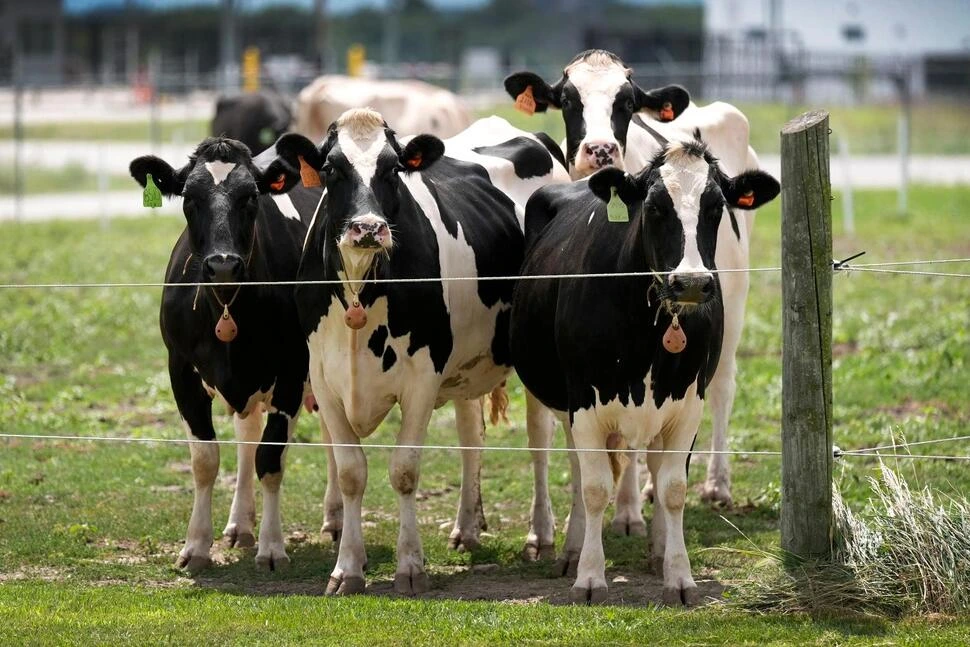Dairy cattle in Nevada have been infected with a new type of bird flu that’s different from the version that has spread in herds since last year
New Strain of Bird Flu Detected in Nevada Dairy Cattle, Raising Concerns Over Wider Spread
Nevada dairy cattle have been infected with a newly identified strain of bird flu, different from the version that has spread through U.S. herds since last year, the U.S. Department of Agriculture (USDA) announced Wednesday.
The discovery suggests that multiple strains of the H5N1 Type A virus have spilled over from wild birds into cattle, challenging previous assumptions about transmission. Experts warn that this raises serious concerns about the potential for further spread and the difficulty of controlling infections in both animals and the people who work closely with them.
“I always thought one bird-to-cow transmission was a very rare event. Seems that may not be the case,” said Richard Webby, an influenza expert at St. Jude Children’s Research Hospital.
A version of H5N1 known as B3.13 was first detected in U.S. cattle in late 2023 and has since spread to over 950 herds across 16 states. The newly identified strain, D1.1, was confirmed in Nevada cattle on Friday through milk samples collected in a USDA surveillance program launched in December.
The D1.1 strain has already been linked to severe human illness, including the first U.S. fatality tied to bird flu. In January, a person in Louisiana died after developing severe respiratory symptoms following contact with wild and backyard birds. In Canada, a teenager in British Columbia was hospitalized for months after contracting the virus from poultry.
According to the U.S. Centers for Disease Control and Prevention (CDC), at least 67 people in the U.S. have been infected with bird flu, primarily individuals working closely with cattle or dairy operations.
The USDA has pledged to release genetic sequences and additional data on the new strain later this week, a move that researchers say is critical for understanding the timeline and extent of the spillover.
“If this turns out to have been something that crossed into cattle a couple months ago, a couple months is a long time not to detect it,” said Michael Worobey, an evolutionary biologist at the University of Arizona studying the H5N1 virus in cattle.
He emphasized the urgency of transparent communication from federal officials, warning that a poorly managed outbreak could lead to devastating consequences.
“A virus like this has the potential to trigger a pandemic that could make COVID seem like a walk in the park,” Worobey cautioned.
“This isn’t just about public health—it’s a matter of national security, global security, and the well-being of both people and industries in the U.S.”
